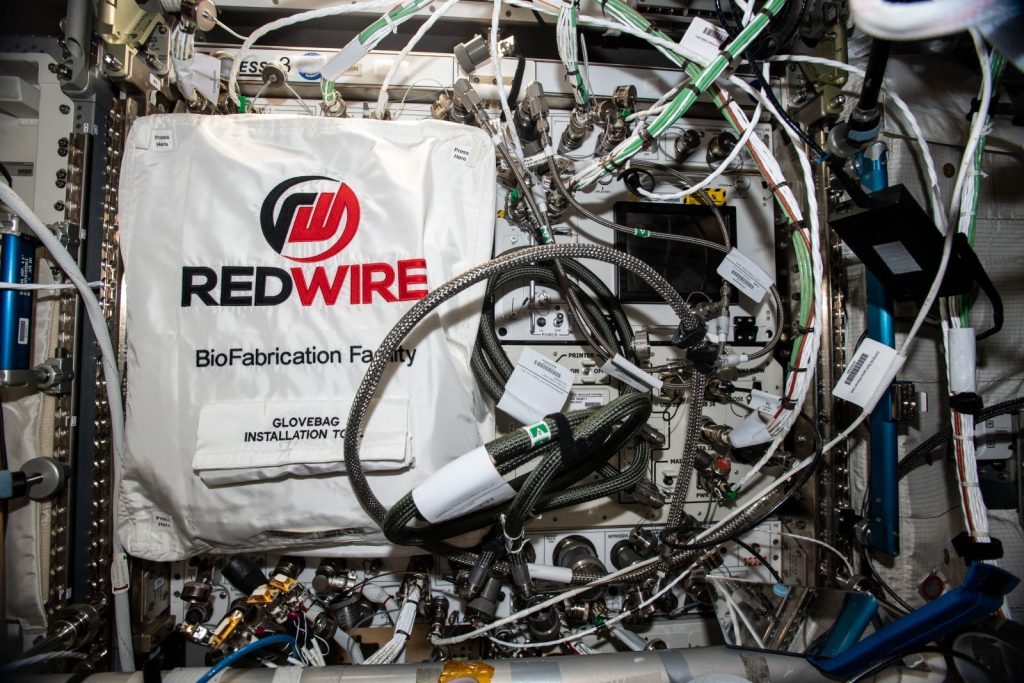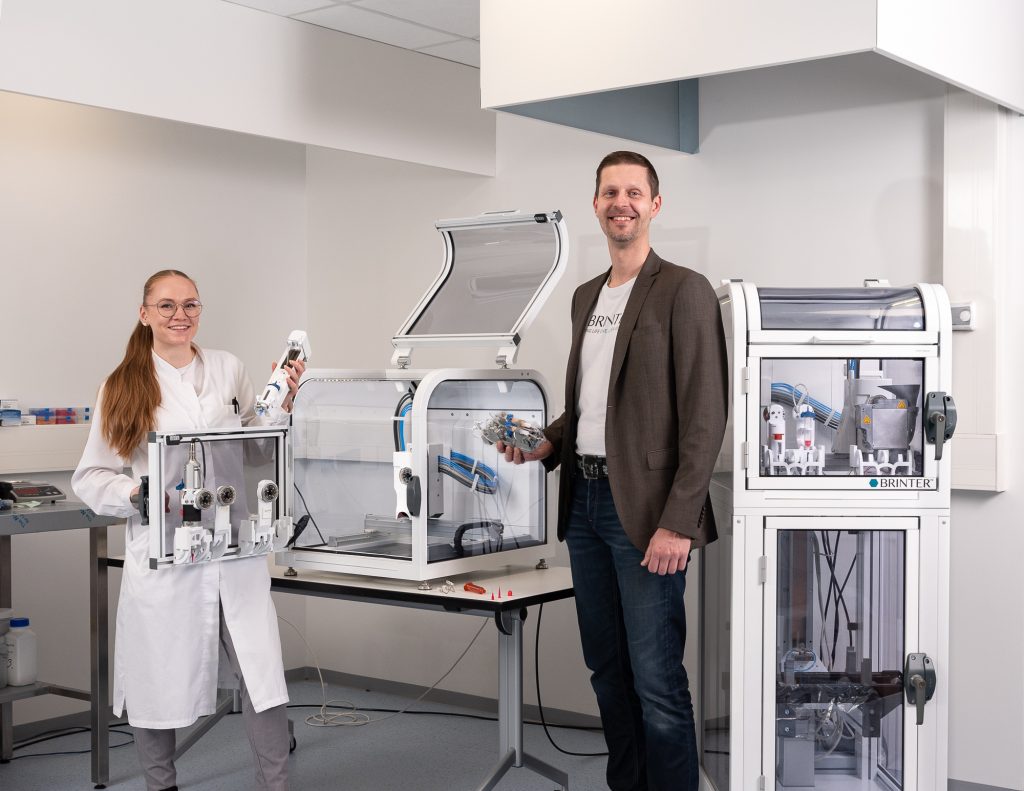Finland-based bioprinting firm Brinter AM Technologies Oy has announced that it will launch its Brinter Core 3D bioprinter to the International Space Station (ISS).
Brinter will supply the bioprinter to Redwire Space NV. The space system manufacturer is heading a European Space Agency-funded project to design, develop, and qualify the ISS’s 3D-BioSystem Facility.
After adaptation the Brinter Core will be able to 3D print on-orbit 3D biosamples and meet stringent space technology requirements. The system will be integrated into the 3D-BioSystem facility, located in the ISS’s Columbus module.
Once in low earth orbit (LEO), ISS personnel will use the Brinter Core to test the effects of microgravity on 3D printed cell constructs. This research seeks to improve knowledge of how to deal with health emergencies in space. It will also explore personalized drug development testing, toxicology, and 3D printed body parts.
“Bioprinting technologies have great potential to support medical treatment also in space and increase the crew’s autonomy on long-term missions,” commented Tomi Kalpio, CEO of Brinter AM Technologies Oy.
He added that astronauts could use bioprinters to “create tissue-like constructs to replace damaged parts of their bodies” when treating skin burns or bone damage.


New bioprinter to support ISS research
According to Brinter, 3D printing cell constructs in space will play a vital role in supporting human space exploration. Long-term and far-distant missions will require novel technologies to treat severe health conditions, as a timely return to Earth will likely not be an option.
Kalpio stated that, during long-term deep space exploration missions, “more needs to be done with less to make things work in the challenging space environment, so various technology elements get optimized and miniaturized.”
The company believes combining cell or tissue-specific biomaterials with different cell types and high-resolution 3D bioprinting could improve tissue and organ modelling methods. The research will also work to increase understanding of the biophysical mechanisms of tissue generation, regeneration, and longevity.
The low-gravity conditions of space and LEO also offer a novel environment to research 3D bioprinted structures that can mature into tissues and larger organs. In microgravity environments, cells exhibit spatially unrestricted growth and assemble into complex 3D aggregates. On Earth, however, cells typically grow in 2D monolayer cultures.
Microgravity also offers the advantage of removing the need for supporting structures during 3D printing. In LEO, it is possible to 3D print structures that do not have to sustain their weight as they grow.
Upon receiving the bioprinter, the ISS team will cultivate 3D printed cells, organoids, tissue explants, and 3D cell matrixes. This will present a unique opportunity to assess the effects of microgravity, radiation, and other spaceflight factors on human tissue. This includes bone, cartilage, epithelia-mesenchyme, vascular networks and eventually complete organs.
The microgravity-based 3D printed biological models will reportedly play an important role in achieving viable and functional 3D printed tissues that are vascularized and innervated. The research is set to advance the understanding of effective bioengineering and biofabrication processes and optimize cell and tissue engineering technologies.
Looking to the future, the Brinter team is working to take the next steps towards 3D bioprinting on the moon.


On-orbit 3D printing
The Brinter Core system will become the latest bioprinter to launch to the ISS. Over the past few years, additive manufacturing companies, academic researchers and commercial enterprises have sent 3D printing technology for testing under microgravity conditions.
Last year, Redwire successfully produced a 3D bioprinted human knee meniscus on the ISS using the BioFabrication Facility. The 3D printed meniscus subsequently returned to Earth onboard SpaceX’s Crew-6 Mission for further analysis.
Once 3D printed, the meniscus was cultured on the ISS for 14 days in Redwire’s Advanced Space Experiment Processor (ADSEP). NASA astronauts Frank Rubio, Warren Hoburg, and Stephen Bowen conducted this investigation alongside UAE astronaut Sultan Al Neyadi. This achievement is said to have unlocked improved treatments for meniscal injuries in space, one of the most common injuries for US Service Members.
2023 also saw five Belgian companies and research centers collaborate to 3D print an artificial heart and circulatory system, which will be sent to the ISS in 2025.
As part of the AstroCardia project, the researchers hope that sending the miniature heart into orbit will allow them to better study the organ’s ageing process. This is because hearts age 20 times faster in zero-gravity conditions.
Away from bioprinting, French metal 3D printing specialist AddUp developed a metal 3D printer designed for in-space 3D printing under an ESA contract. Developed in alliance with Airbus Defence & Space, the system is designed to evaluate additive manufacturing capabilities and performance in sustained microgravity conditions.
Want to help select the winners of the 2024 3D Printing Industry Awards? Join the Expert Committee today.
What does the future of 3D printing hold?
What near-term 3D printing trends have been highlighted by industry experts?
Subscribe to the 3D Printing Industry newsletter to keep up to date with the latest 3D printing news.
You can also follow us on Twitter, like our Facebook page, and subscribe to the 3D Printing Industry Youtube channel to access more exclusive content.
Featured image shows the International Space Station. Photo via NASA.


